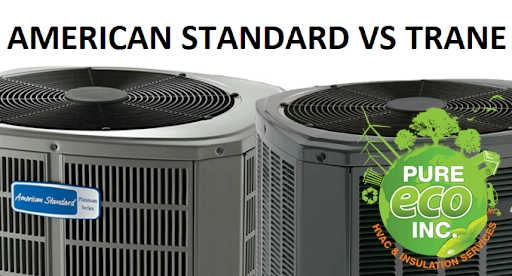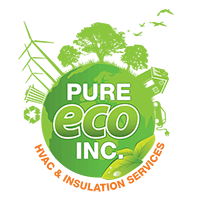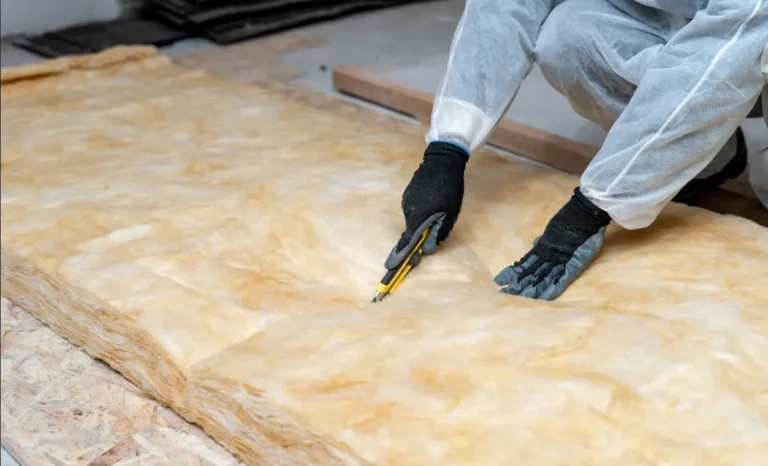
Differences Between American Standard and Trane HVAC Systems
Are you looking for a new HVAC system for your home? There are many brands around and two of the most popular ones are American Standard and Trane. Let’s take a look at which one best fits your budget and the needs of your home.





